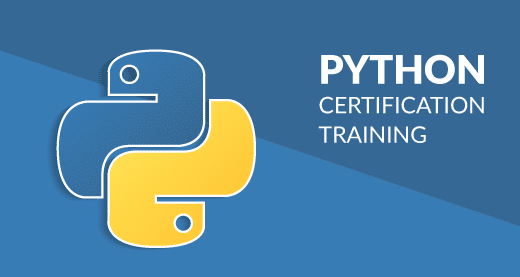Mastering Python Error Dealing with: A Comprehensive Guide (from Simpl…
페이지 정보

본문

While it might sound counterintuitive to think about error-producing mechanisms as a characteristic, exceptions play an important role in strong software program instruments. They don't cause a crash with a traceback (a sequence of text indicating the error's origin and endpoint). Instead, exceptions help in choice-making by generating descriptive error messages, enabling you to handle both anticipated and unforeseen points successfully. This function makes an attempt to match sample to entire string. The re.match function returns a match object on success, None on failure. This method either returns None (if the pattern doesn’t match), or a re.MatchObject that contains info in regards to the matching part of the string. Observe: For more info, refer Regular Expression in Python. Like different languages, Python also provides the runtime errors through exception handling method with the assistance of try-except. First try clause is executed i.e. the code between attempt to except clause. If there isn't a exception, then solely try clause will run, besides clause is finished. If any exception occurred, attempt clause can be skipped and besides clause will run.
Magic methods are specialised strategies, denoted by double underscores, that wield the facility to transform the behavior of Python courses in fascinating ways. By delving into the realm of magic methods, you’ll unlock the key to crafting lessons that seamlessly integrate with Python’s core performance, from arithmetic operations to string representations. Typically there is a scenario in programming the place we have to define a syntactically empty block. We are able to outline that block with the move key phrase. A go assertion is a Python null statement. When the interpreter finds a cross statement in the program, it returns no operation. Nothing happens when the go statement is executed. It is beneficial in a state of affairs the place we're implementing new methods or also in exception dealing with. It plays a task like a placeholder. Conclusion Python offers several constructed-in knowledge types that can be used to characterize different types of data. Numbers, strings, booleans, lists, tuples, dictionaries, and units are the most commonly used information varieties in Python. Understanding these data types is important for writing efficient Python code. In the next chapter, we’ll discover variables and operators in more element. I hope this article has helped you perceive the built-in data varieties in Python.
Case Sensitivity: Variables with different capitalizations are thought to be separate as a result of Python is case-delicate. For example, "rely" and "Depend" are handled in a different way. Keep away from Constructed-in Perform Names: It is advised to keep away from using the names of built-in capabilities or modules as variable names to forestall conflicts and confusion. Meaningful and Descriptive Names: Use informative names that reflect the variable's function or nature. This improves code readability and maintainability. Constants: Constant names usually encompass uppercase letters and underscores. Python additionally supplies a facility to delete a variable from memory. The del command is used for this. This characteristic is why Python is called a dynamically typed language. Python interpreter can decide what type of knowledge is stored, so variables don't need to be declared before assigning a worth. It assigns the values of the proper-aspect operand to the left-facet operand. In the above code snippet, the variable title "top" is storing a worth "10", and since the value is of a sort integer, the variable is routinely assigned the sort integer.
When writing code, Python training institutes syntax contains words, operators, expressions, statements, and different elements. In Python, words with a specific which means that aren't allowed to be used as variable names or other identifiers are referred to as "keywords." The words "if," "else," "while," "for," "break," "continue," and "return" are examples of Python key phrases. Do tuitions teach you skills or data? As far as I can tell, they educate you rote-learning. They help you anticipate the questions which can be requested of you and train you to output the tailor-made solutions. The real question is: Does this lead to knowledge? What is much more troubling is that throughout the last decade’s pleasure about start-ups and venture capital investment, a sizeable proportion of such funding has gone into the so-known as edtech sector. On this sector, whereas most purport to offer the convenience of on-line training, they are focused on the take a look at-preparation sector.
Reassigning variables will be helpful in some cases, but you want to be aware of the readability of your code and work to make your program as clear as possible. With Python, you may assign one single worth to a number of variables at the identical time. This allows you to initialize several variables at once, which you'll be able to reassign later in this system your self, or via consumer enter. In this example, all three of the variables (x, y, and z) are assigned to the same reminiscence location. Python additionally means that you can assign several values to several variables within the identical line.
- 이전글Why You Should Focus On The Improvement Of Filter Coffee Makers 24.12.28
- 다음글See What Double Glazing Repairs Near Me Tricks The Celebs Are Making Use Of 24.12.28
댓글목록
등록된 댓글이 없습니다.